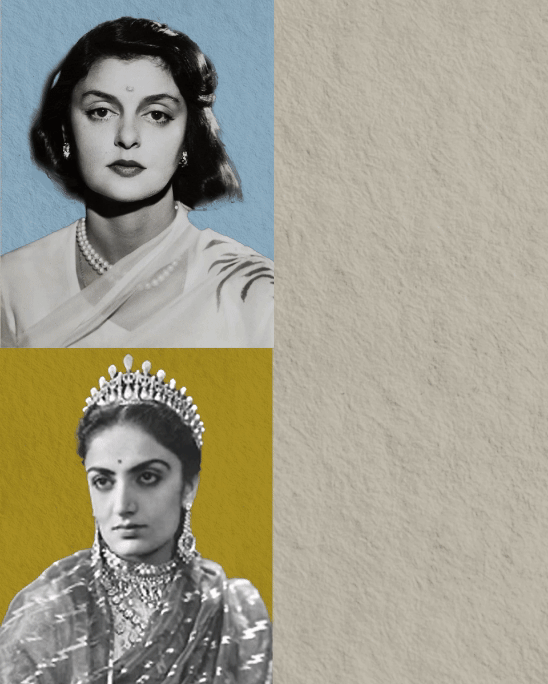Sabyasachi’s High Jewellery Collab with Bergdorf’s Is One-of-a-Kind
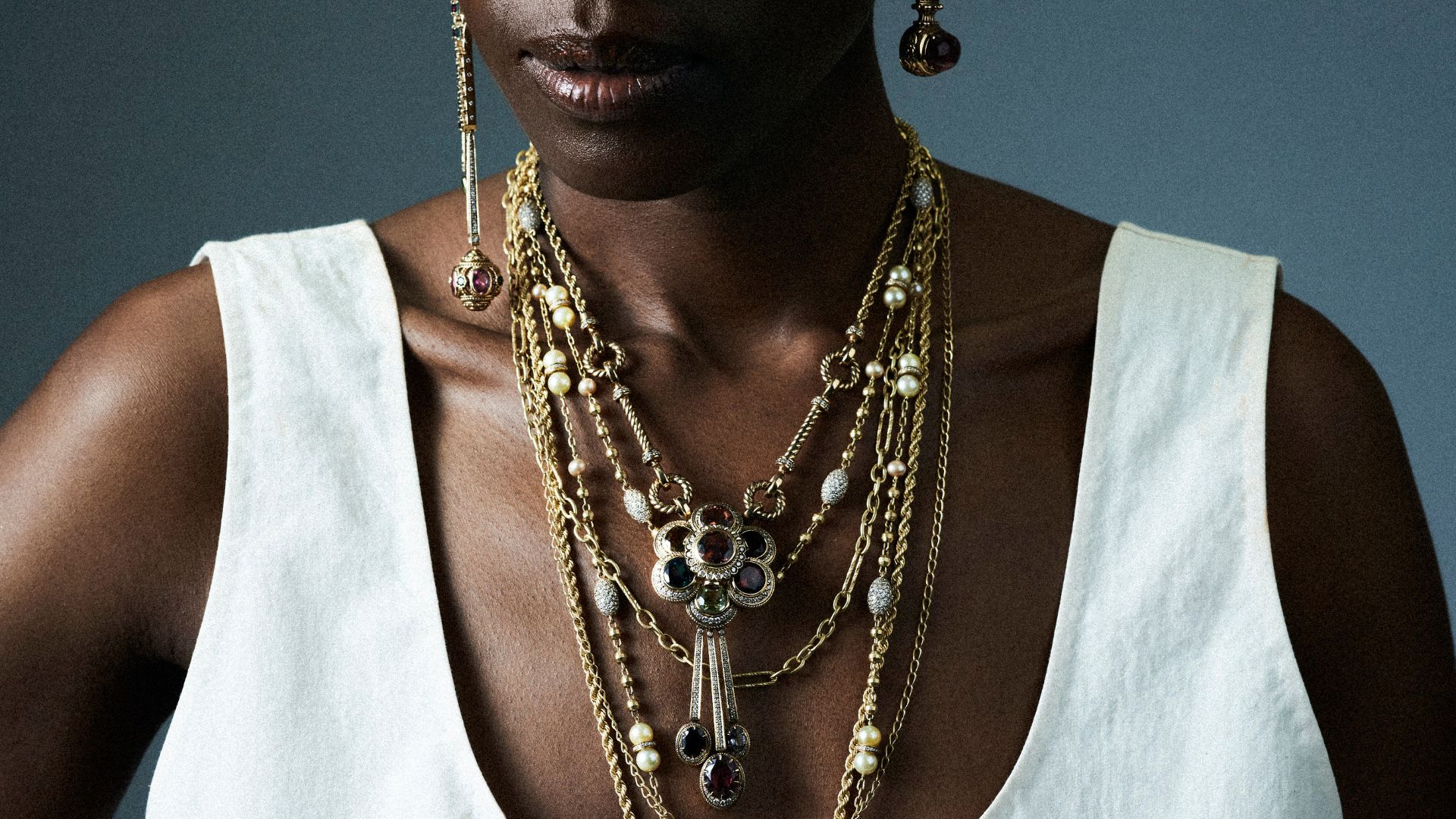
It doesn’t get more iconic than the Jewellery Salon at Bergdorf Goodman, a special hub in New York City for the world’s most talented designers and creative thinkers with a rare eye for creating heirlooms and unique pieces to last generations. Sabyasachi Jewellery is one of those designers and returns to Bergdorf’s with an incredible new collection of high jewellery.
“We’re incredibly proud to welcome Sabyasachi back to Bergdorf’s. There’s always tremendous excitement and anticipation for his work, as the rich and exquisite designs, which he created exclusively for us, are unlike anything most of us have ever seen before,” shares Linda Fargo, SVP Fashion Office, Bergdorf Goodman.
Inspired by his homeland of India, where the first natural diamonds were discovered just a few thousand years ago, Sabyasachi’s one-of-a-kind High Jewellery pieces are exquisitely detailed, a clear sign that we are looking at a master of his trade. Ahead, Only Natural Diamonds spoke exclusively with the designer about the collection made especially for Bergdorf’s, his inspiration, and his affinity for natural diamonds.
Only Natural Diamonds: When creating a new high jewellery collection, where do you look for inspiration?
Sabyasachi Mukherjee: Calcutta and Bengal. It’s not just where I’m from, but it’s the home of the finest jewellery craftsmanship in the world. But it was a fading, nearly forgotten legacy. Be it Bengal filigree work, the various goldsmithing techniques and the unique coming together of Indian and European craft techniques in the way gemstones are set—the breadth and depth of craftsmanship are absolutely spectacular. It deserves to not just be reintroduced to India but to the world.
As far as aesthetic inspiration goes, I’ve always been a bit of a cultural magpie. From iconic artists such as Madonna, Frida Kahlo, or Amrita Sher Gil; or historic periods of incredible jewellery craftsmanship from Byzantine to the Mughals of India and Art Deco; or the bazaars and souks of Marrakech, Kashgar, and Calcutta or the absolute exuberance of Moulin Rouge—I think all design is a sort of distillation of various influences. While there remains a unique design proposition and perspective, there will always be a narrative that goes back through the centuries. For me, the dynamic melding of aesthetics, styles, cultures and histories are at the core of how I imagine, dream and create.
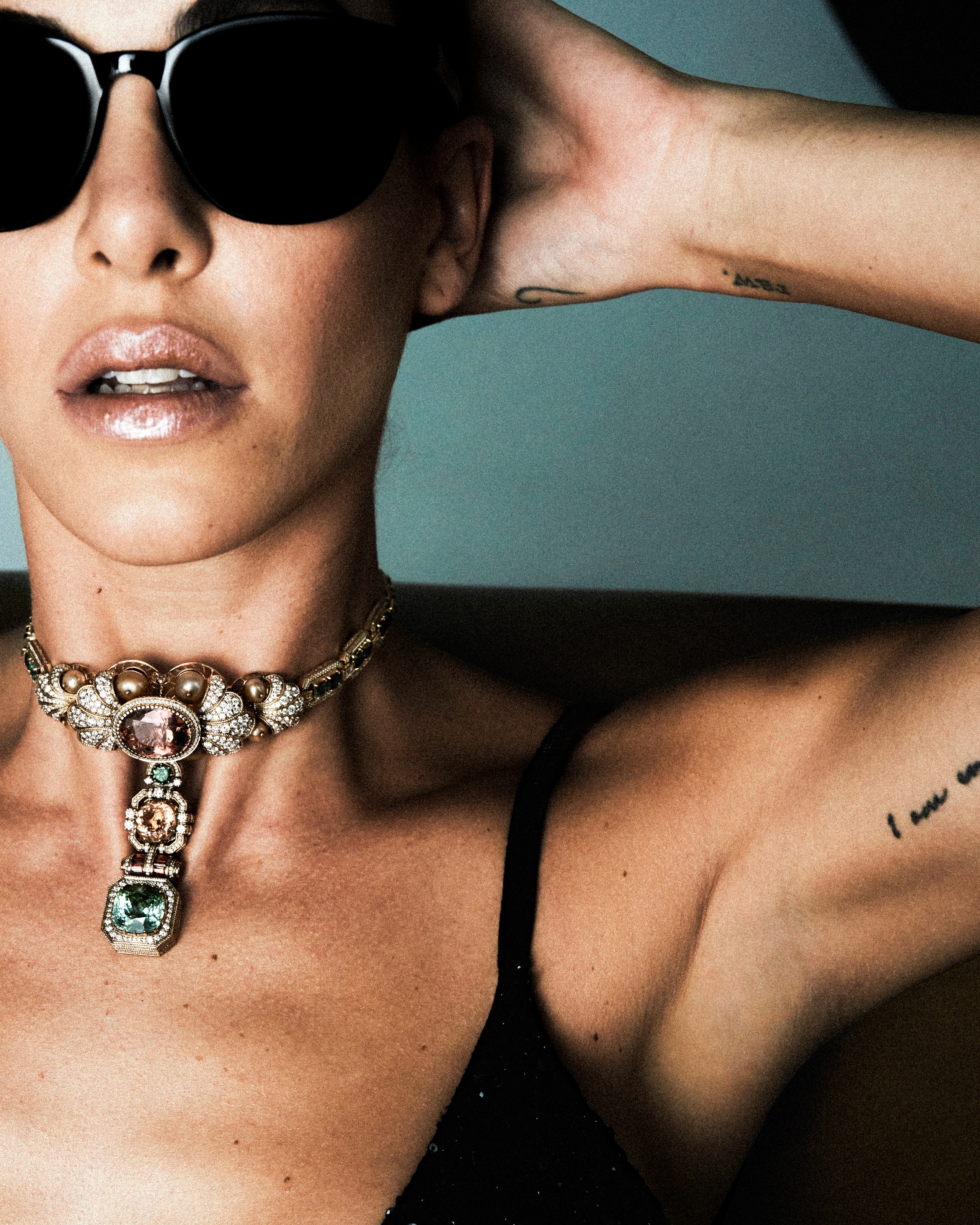
OND: How would you describe your design process?
SM: I work produce backwards, a bit like a farm-to-table chef—so, it all depends on the harvest at the local market. For me, it begins with the gemstones and the crafts and craftsmanship I am developing and working with at the time. I don’t sketch, it’s too limiting, and I always feel it lends a sterile feel to the final product. I don’t like to fix the destination; I like to discover it and enjoy the proverbial journey. I am a tactile spontaneous thinker, I like to discover the colour palette with my stones and see how various crafts can come together. Design is almost a visceral reaction. My mission is to create a well-rounded sensitive product and it’s in the play between stones and craft that I find my way there.
OND: Why do you choose to work with natural diamonds and gemstones?
SM: I have been a couturier for 25 years now, I think making jewellery was almost an organic extension of my vision. And given the crafts I wanted to work with and preserve, only natural gemstones and diamonds do this justice. In the years to come as synthetic stones get more and more common there will be nothing rarer than natural diamonds and gemstones set with the greatest of craftsmanship. Craftsmanship is what will stand the test of time. With Sabyasachi Jewellery I am committed to using natural diamonds and gemstones and to bring this historic legacy of craftsmanship back. For me, the two go together to create heirloom-quality jewellery.

Given the Crafts
I wanted to Work With and preserve, only natural gemstones and diamonds do
this justice.

OND: Natural diamonds themselves are ancient and prehistoric. How does this knowledge play into your creations?
I’ve often said I see myself as a ferryman between the past and the future. India is such a reservoir of history, art, and culture—but I do believe that for heritage to be relevant it needs to be dynamic. As a designer, I have the privilege to conserve, edit, and tweak what I have known into a living legacy. The history of natural diamonds is deeply intertwined with the history of India—it goes back to antiquity. And like most natural stones, they each tell a story. And isn’t all design storytelling at its core?
SM: A lot of my symbolism is rooted in heritage and craftsmanship. Motifs from the Mughals, endangered flora and fauna from the Sundarbans in Bengal and the plenitude of tropical exuberance and so on—the symbolic is often reflective of a certain authenticity to who I am and where I am from. There’s always a certain historicity to it. It’s why the back of my jewellery is often crafted with Bengal filigree work and studded with diamonds. It’s a hark back to the old ways of jewellery making in India, where what was unseen was as precious if not more than what was seen. I think jewellery is a great messenger, it’s passed down from one generation to the next. It’s used to signify accomplishments, achievements, and celebrations.
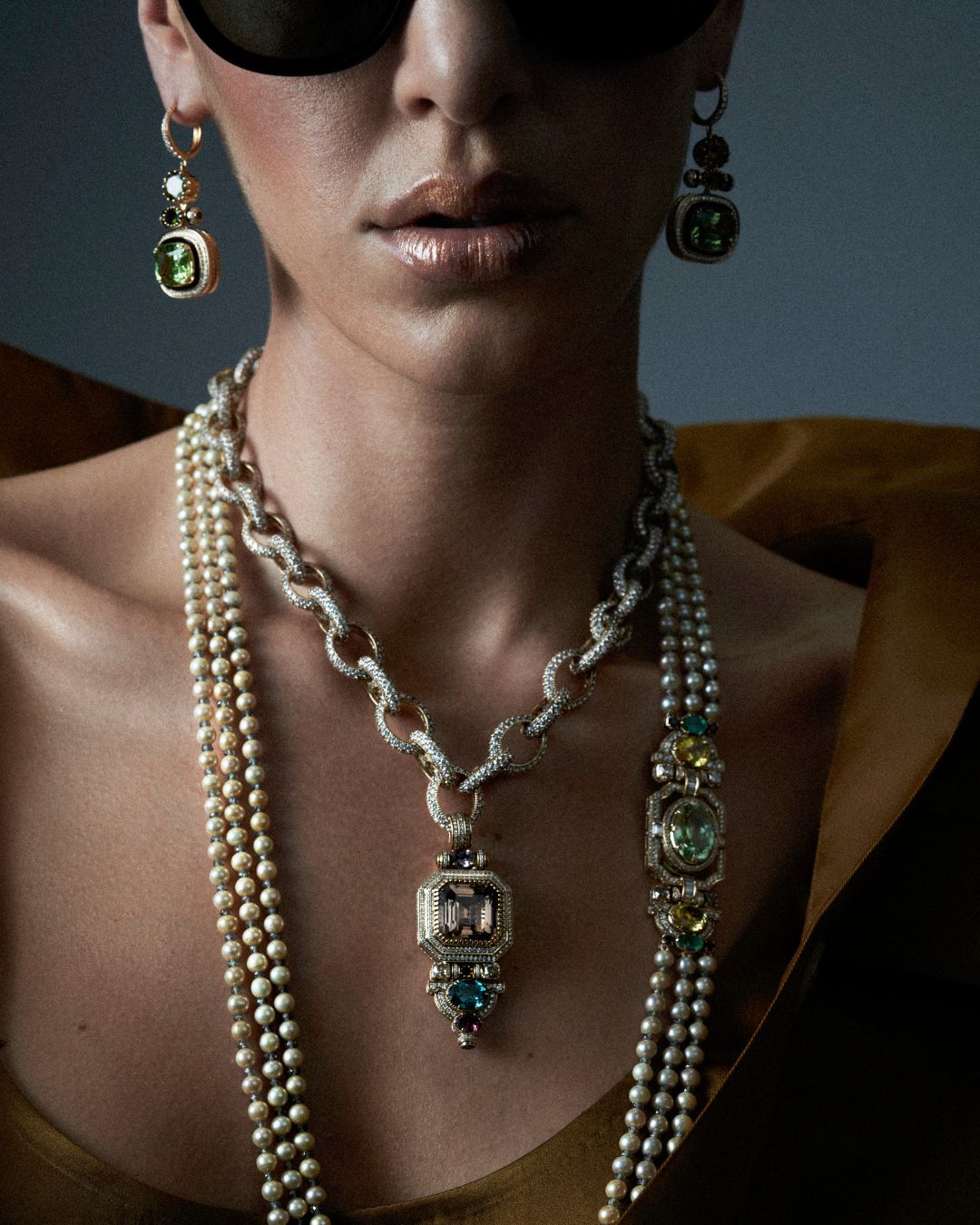
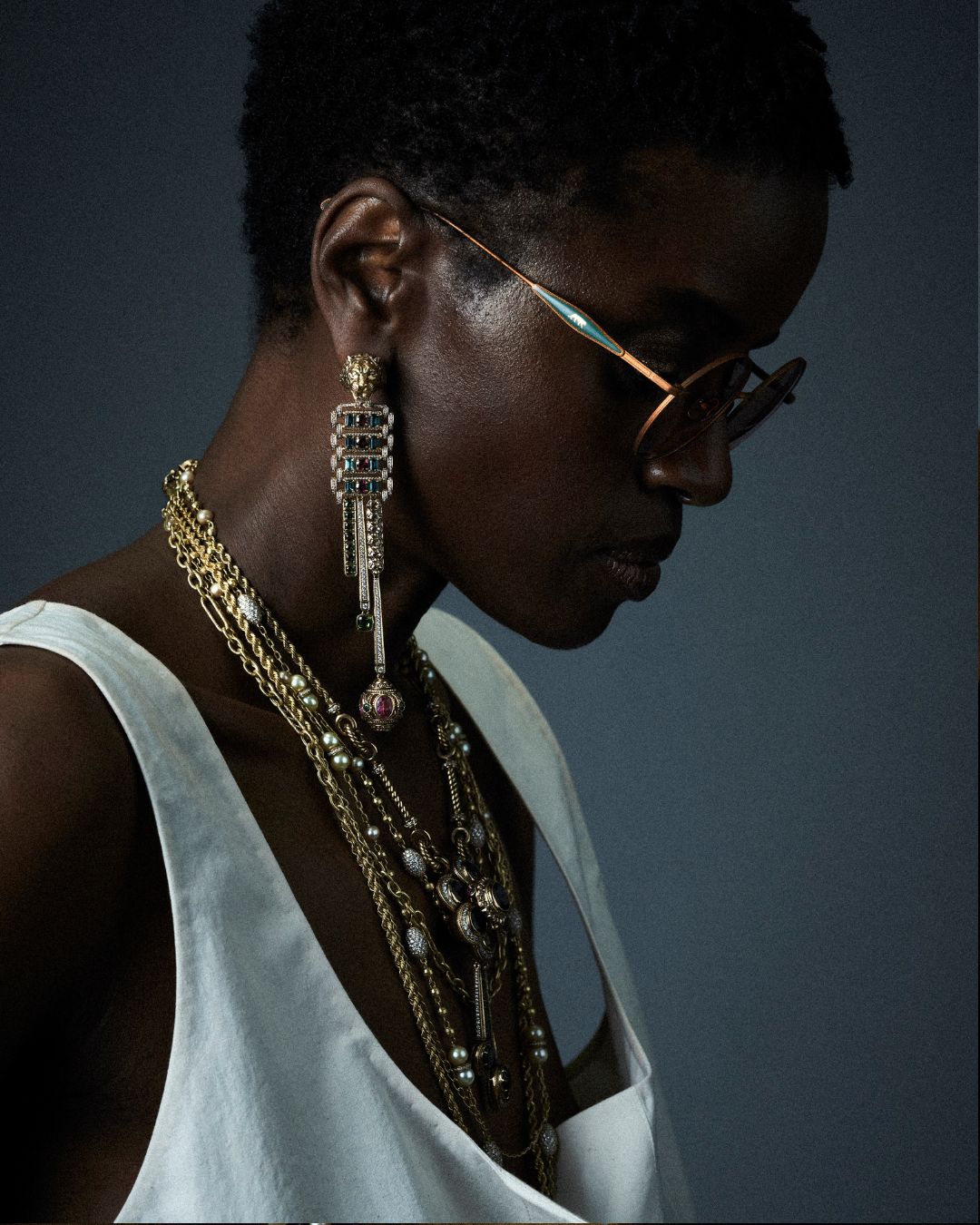
OND: In just a few words, how would you describe this new high jewellery collection?
SM: I’ve been thinking about exoticism—India and the Moulin Rouge, French, and Bengal savoir-faire. This collection is classic, outrageous, somber, whimsical, and glamourous. It’s as multicultural and it is layered in technique and craft.
OND: How do you look to the past to inspire your current designs? What do you feel the past has to teach us about things we create today?
SM: When you work with craft as closely as I do, it’s impossible not to. The genesis of fine crafts and craftsmanship is a part of a sort of shared history. India is lavish in its history of luxury, I love how spittoons and chamber pots were handcrafted in gold and gemstones in the erstwhile royal courts and how homes no matter how lavish or humble would decorate their doorways with flowers, colour, and various indigenous arts or how weaves narrate the geopolitics of the region. There is this pervasive sense of decoration, adornment and a celebration of beauty and art across Indian history. And I’ve always been disappointed that in today’s day and age, the country that produced some of the finest jewellery, textiles and crafts through centuries of history doesn’t boast a single global luxury brand. I want to change that narrative. Both in my product and my mission. The past informs me on every level—be it my aesthetic, technique or business strategy. What was will forever be my compass to what can and will be.
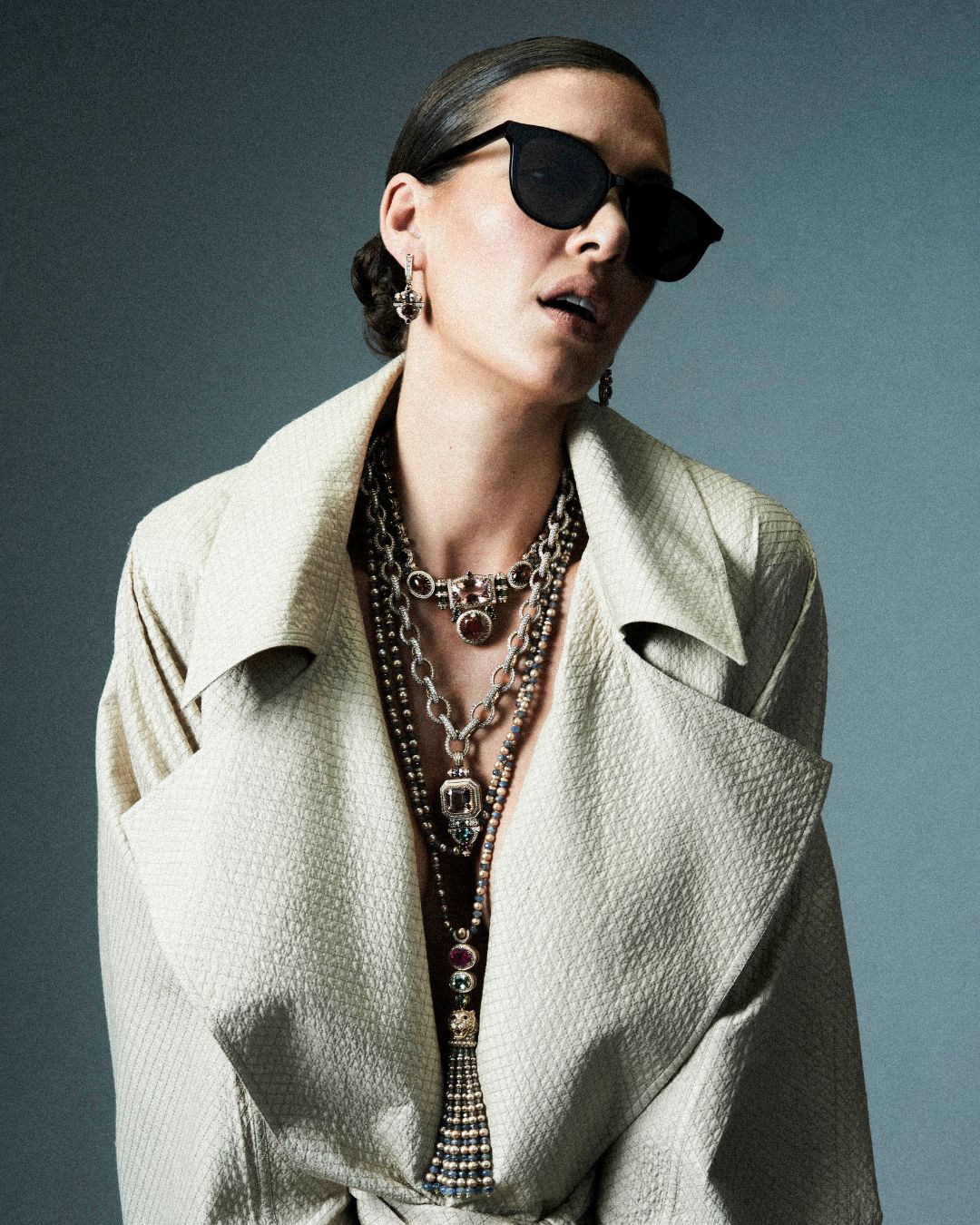
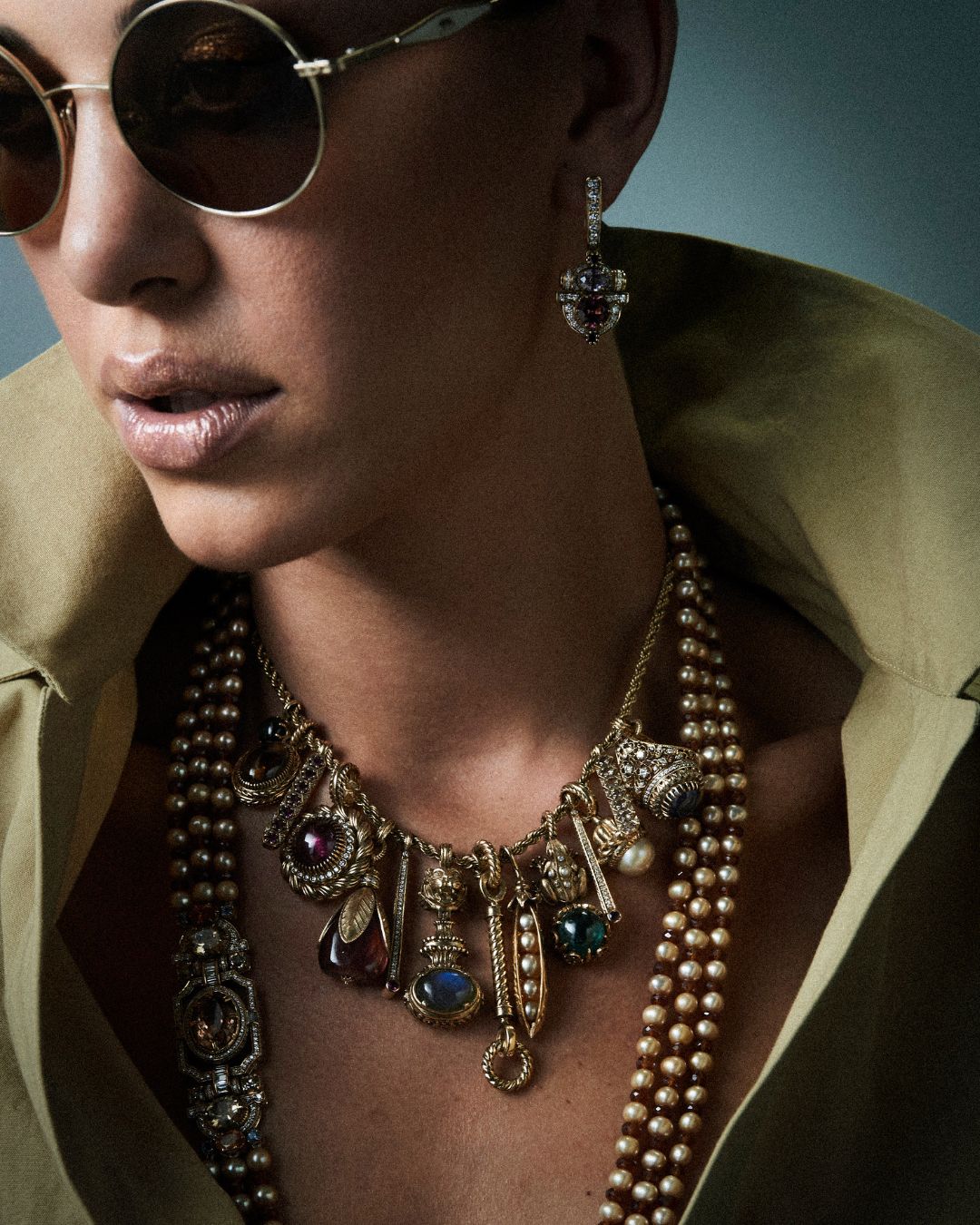
OND: How would you describe the Sabyasachi customer?
I believe my customers are conscious and discerning, they want to buy less but buy better. And we are committed to creating the best for them. Our products are made with the finest of craftsmanship, and the most spectacular and sometimes exclusive of gemstones—it’s the only way to ensure heirloom quality pieces.
OND: How would you describe your personal jewellery style?
SM: Oddly, less is more. I wear very little jewellery. For me, the joy is in making it.
OND: What does luxury mean to you?
SM: Today luxury is truly about being able to savour time through either product or experience.
